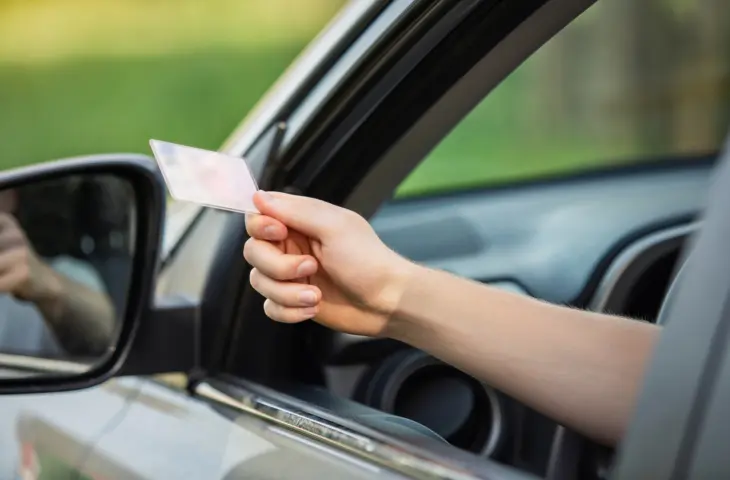The European Union has reached an agreement on the digital driver’s license. From 2030, all EU countries must introduce a mobile driver’s license.
The European Parliament and member states reached an agreement last night on the introduction of a digital driver’s license in Europe. According to the agreement, all countries in the European Union must introduce a digital driver’s license by the end of 2030. The digital version of the driver’s license is optional, which means that the physical driver’s license will still be valid. The digitalization of the driver’s license is not a new concept. Citizens will also be able to apply for a digital identity card from November 2026.
Mobile Driver’s License
From the end of 2030, the digital driver’s license will be introduced in all EU countries. Its use is optional, which means that the physical driver’s license will still be valid. With this digital version, police services can check a driver’s license more quickly by simply scanning it. Moreover, it is also more efficient to immediately deactivate the card for expired driver’s licenses.
The digital version of the driver’s license will soon be able to be stored in a digital wallet. In Belgium, there is already the MyGov.be application where citizens will be able to access their identity information and driver’s license in the future.
The validity period of the digital driver’s license is fifteen years. Member states can also choose to impose a restriction for drivers aged 65 or older, for example, due to medical reasons.
The mobile driver’s license can be used independently of a physical driver’s license. If you need to show your driver’s license somewhere but your phone has a dead battery, this can be considered as not having a driver’s license.
The European countries have four years to transpose the provisions into national legislation after the agreement is formally ratified. The latter still needs to happen.
